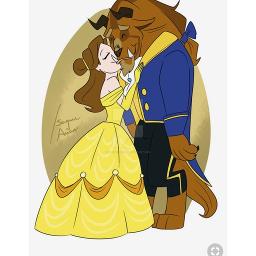

Mulan Joins the Army was a piece of Chinese propaganda encouraging men to join the fight against foreign invaders, which in real life meant the Japanese. There had been two silent versions in 19, but this one is considered a classic.
REFLECTION MULAN JAPANESE VERSION MOVIE
The first talkie movie about Mulan premiered in China in 1939. These elements ended up in the most recent movies. She even develops an alliance with a princess on the opposing side to bring the war to an end. Mulan is shown sneaking into enemy territory on spying missions by "disguising" herself as a woman. In one version, there is actually magic and mysticism. In at least two novels – and it's safe by now to just treat Mulan as a fictional character that authors use as a vessel for their themes – the plot gets more complex and elaborate. It was during the Qing Dynasty that the versions of the story, as we know, were written. In another, the emperor accuses Mulan of plotting to usurp his throne in peacetime, and she commits suicide to prove her loyalty to the nation. Mulan commits suicide to escape her fate. In one, the emperor, upon discovering that Mulan was a woman at the end of the war, tries to force her to marry him so he could possess her. New versions continue through the Yuan Dynasty (1271-1368 A.D), the Ming Dynasty (1368-1644 A.D.), and, most recently, the Qing Dynasty (1644-1912).ĭuring the Tang and Yang Dynasty, there were at least two versions that ended tragically. The Tang Dynasty saw the Song of Mulan as the first written version of the story. Virtually every subsequent version of the Mulan story has been revised to add patriotic elements and whatever attitudes were prevalent at the time. The poem was passed down orally, and it wasn't until the Tang Dynasty (618-907 A.D.) that it was finally written down and elaborated upon. That's the core of the story that never changed, no matter how many subplots or other details writers throughout history have added to it in each new version. When the war is over, she returns home and puts on a dress again to live out her life. That poem is still taught to Chinese school children and is minimalist and simple: Hu Mulan disguises herself as a man to fight in a war so her elderly, ailing father, wouldn't have. She's best known in the short poem The Ballad of Mulan, which was composed around 400 A.D.

Many people wanted her to have been real, and there are contradictory claims, none provable, for her birthplace. Her story was only co-opted by the Chinese later. One of the earliest versions suggests she wasn't even Chinese but possible a Mongolian woman in men's clothing who rode a camel and saving a Khan. She's most likely an amalgamation of several women who went to war in different battles and dynastic periods. There's some debate over whether Mulan actually existed.


 0 kommentar(er)
0 kommentar(er)
